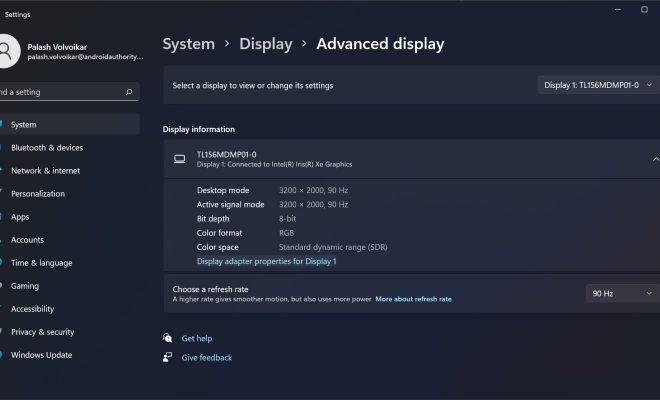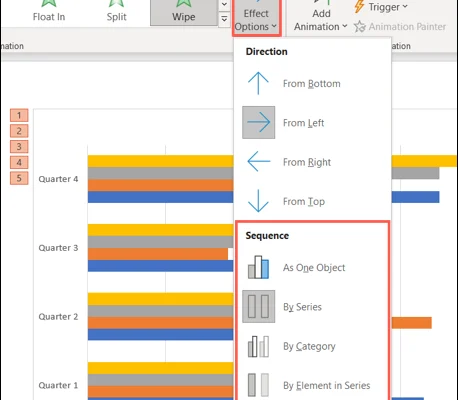How to Change a Monitor’s Refresh Rate Setting in Windows

If you are an avid gamer or someone who spends a lot of time in front of their computer, you know the importance of a good monitor and how a high refresh rate can improve your overall experience. Refresh rate is the number of times per second that your monitor draws the data on the screen. A higher refresh rate means that the image is updated more often, resulting in smoother and more visually pleasing animations. In this article, we will discuss how to change a monitor’s refresh rate setting in Windows.
Step 1: Check your Monitor’s Capabilities
Before you change the refresh rate, it’s essential to check what refresh rate your monitor supports. Most modern monitors support a range of refresh rates, but you need to make sure that you don’t exceed your monitor’s maximum refresh rate as it can cause damage to your hardware. You can usually find this information on the manufacturer’s website or in the user’s manual that came with your monitor.
Step 2: Open Display Settings
To change the refresh rate setting on your monitor, you first need to open the display settings. Right-click anywhere on the desktop and select “Display settings” from the context menu. Alternatively, you can press the Windows key + I to open the Settings app, and then click on “System” and then “Display.”
Step 3: Select Advanced display settings
Once the Display Settings window is open, scroll down and click on “Advanced display settings.”
Step 4: Choose the Display Adapter Properties
On the Advanced display settings page, click on “Display adapter properties for Display 1” or whichever number corresponds to your monitor.
Step 5: Open Monitor Properties
In the Display adapter properties, click on the “Monitor” tab, and then click on the “Properties” button.
Step 6: Change Refresh Rate Settings
In the Monitor Properties dialogue box, click on the “Screen refresh rate” drop-down menu, and select the desired refresh rate. If you can’t see the refresh rate you want, it means that your monitor doesn’t support it.
Step 7: Apply the new settings
Click on the “Apply” button to save the changes and then click “OK” to close the window.
Conclusion
Changing a monitor’s refresh rate setting in Windows is a straightforward process that can improve your experience with your computer. Remember to check your monitor’s capabilities before making any changes and ensure that you don’t exceed your monitor’s maximum refresh rate. Now that you know how to change the refresh rate setting, try it out and see how it improves your viewing experience.





